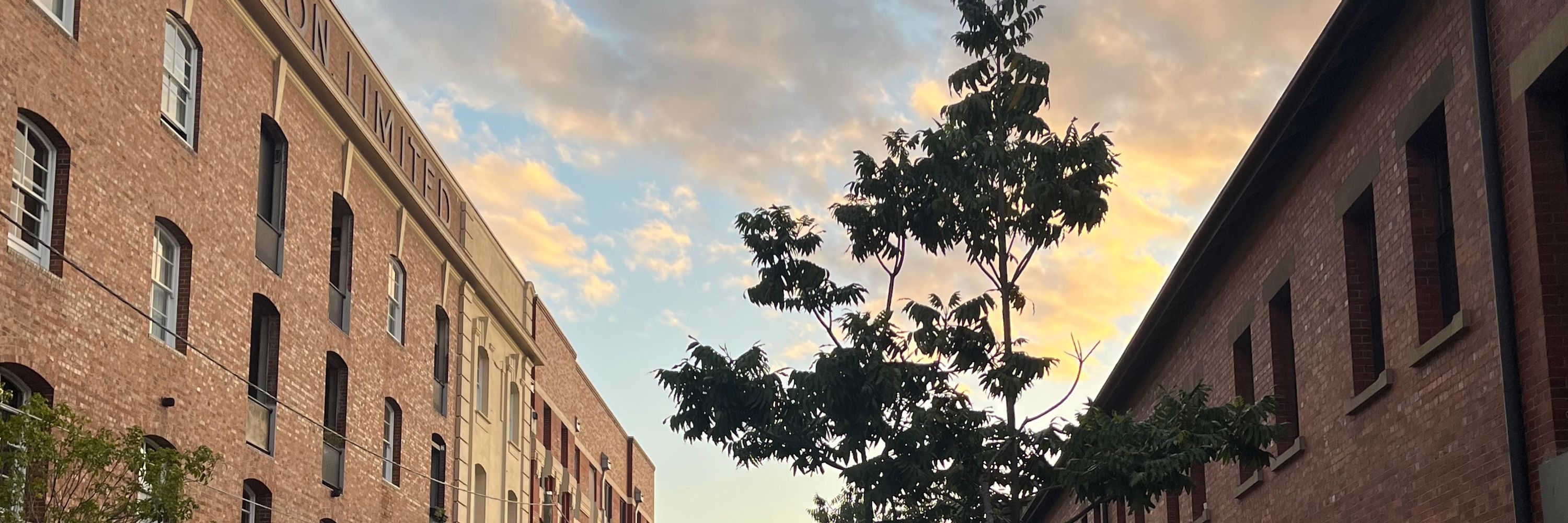
We introduce V4-EXT, a revised 16S rRNA V4 primer set that dramatically improves detection of Patescibacteria and other undersampled lineages
✅ 938 samples
✅ More novel ASVs
Primer choice matters 👀
www.biorxiv.org/content/10.1...
@ppjevac.bsky.social #HuifengHu


We introduce V4-EXT, a revised 16S rRNA V4 primer set that dramatically improves detection of Patescibacteria and other undersampled lineages
✅ 938 samples
✅ More novel ASVs
Primer choice matters 👀
www.biorxiv.org/content/10.1...
@ppjevac.bsky.social #HuifengHu
#phagesky
www.nature.com/articles/s41...

#phagesky
www.nature.com/articles/s41...


#evolution #eukaryotes #protists
onlinelibrary.wiley.com/doi/10.1111/...

#evolution #eukaryotes #protists
onlinelibrary.wiley.com/doi/10.1111/...
🔗 doi.org/10.1093/gbe/evaf201
#genome #evolution #CRISPR

🔗 doi.org/10.1093/gbe/evaf201
#genome #evolution #CRISPR
academic.oup.com/bioinformati...

academic.oup.com/bioinformati...
#microbiology #bacteria
enviromicro-journals.onlinelibrary.wiley.com/doi/10.1111/...

#microbiology #bacteria
enviromicro-journals.onlinelibrary.wiley.com/doi/10.1111/...
academic.oup.com/bioinformati...

academic.oup.com/bioinformati...
nph.onlinelibrary.wiley.com/doi/10.1002/...

nph.onlinelibrary.wiley.com/doi/10.1002/...


We discuss how tethering the OM to the PG in E. coli preserves integrity — and extend the concept across diderm bacteria.
Curr Opin Microbiol: doi.org/10.1016/j.mi...
#microsky 🔬
We discuss how tethering the OM to the PG in E. coli preserves integrity — and extend the concept across diderm bacteria.
Curr Opin Microbiol: doi.org/10.1016/j.mi...
#microsky 🔬
doi.org/10.1038/s415...
@benjwoodcroft.bsky.social @rhysnewell.bsky.social
🧵1/6

doi.org/10.1038/s415...
@benjwoodcroft.bsky.social @rhysnewell.bsky.social
🧵1/6
#microbiology #protists #eukaryotes
@isme-microbes.bsky.social
academic.oup.com/ismej/articl...

#microbiology #protists #eukaryotes
@isme-microbes.bsky.social
academic.oup.com/ismej/articl...
vConTACT3 delivers a unified, scalable, and transparent framework for genome-based virus taxonomy — helping translate big viral data into systematic classification.
🔗 Read the preprint: doi.org/10.1101/2025...
Improvements details below 👇

vConTACT3 delivers a unified, scalable, and transparent framework for genome-based virus taxonomy — helping translate big viral data into systematic classification.
🔗 Read the preprint: doi.org/10.1101/2025...
Improvements details below 👇


ARC has "postponed" announcement of Centres of Excellence outcomes!
It says "due diligence checks" are still being carried out on some applications.
www.arc.gov.au/news-publica...

ARC has "postponed" announcement of Centres of Excellence outcomes!
It says "due diligence checks" are still being carried out on some applications.
www.arc.gov.au/news-publica...
@official-smbe.bsky.social APSPM meeting. To help you make up your mind, here is a sneak peek. Join for what will be an amazing meeting. biosig.lab.uq.edu.au/strphy26/sneakpeek/ . #StrPhy26 @strphy.bsky.social #Evolution #Science

@official-smbe.bsky.social APSPM meeting. To help you make up your mind, here is a sneak peek. Join for what will be an amazing meeting. biosig.lab.uq.edu.au/strphy26/sneakpeek/ . #StrPhy26 @strphy.bsky.social #Evolution #Science
rdcu.be/eLtCH

rdcu.be/eLtCH




